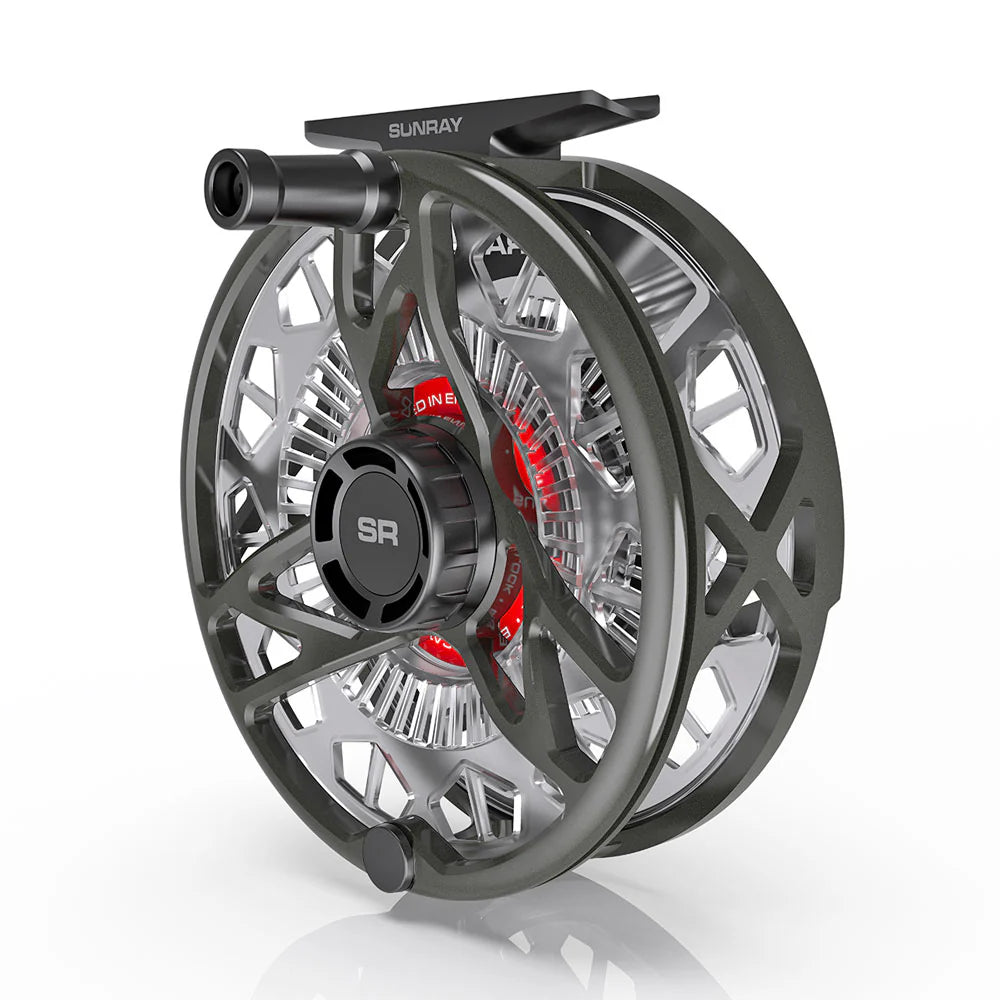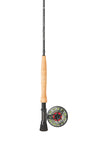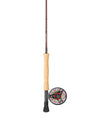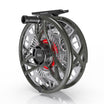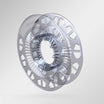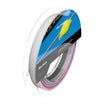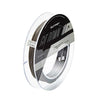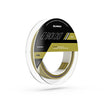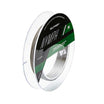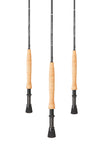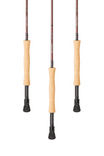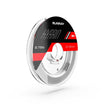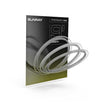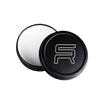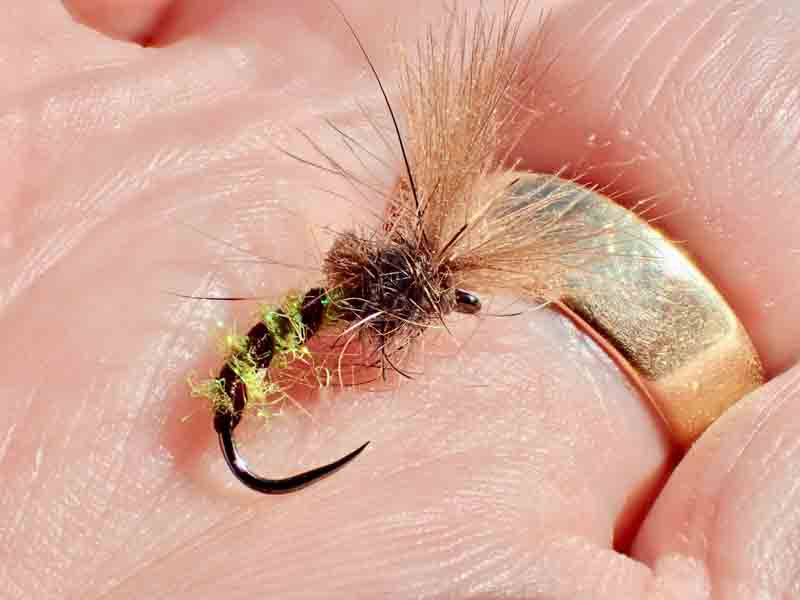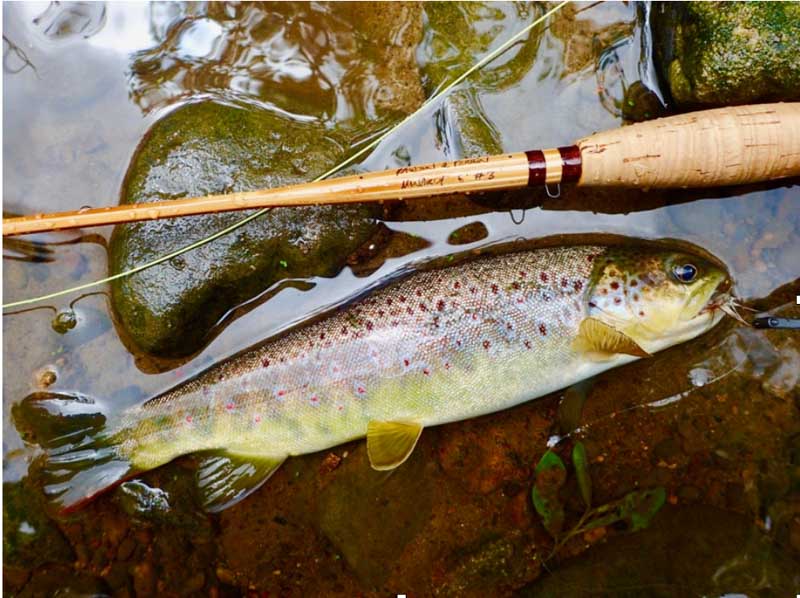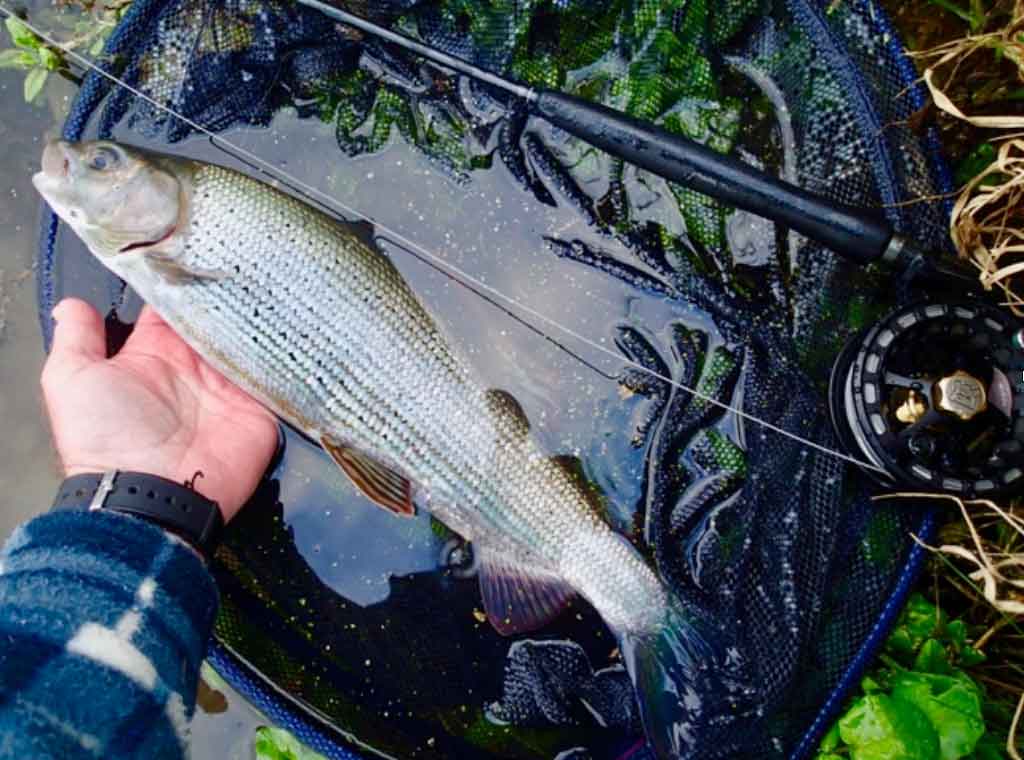by David Southall
A couple of days ago I was reminded about the times when the application of subtle twitch, or even more exaggerated movements, to our flies can make all the difference between acceptance or rejection by our target fish. Frank Sawyer and Oliver Kite showed nymph-fishers the value of the induced take when nymph-fishing and stillwater fly-fishers are aware of the importance of applying movement to lures. However, many of the dry fly anglers that I see appear to rarely apply movement to their surface offerings, believing that ‘dead drift’ is the most effective way of presenting surface flies. There are many situations when the application of appropriate induced movement to dry flies can make all the difference between success and failure.
A couple of days ago, mid-June 2023, a friend and I were having a frustrating time on a small north Yorks. Moors stream. A number of fish were rising intermittently in a slow pool. Despite close inspection we could not detect what they were taking. They were ignoring the occasional emerging big mayflies and the rises were too splashy for them to be feeding on the numerous aphids that covered the surface. After a half hour trying a range of flies I was fortunate enough to notice to see a fish swirl twice in quick succession, followed immediately by a caddis/sedge that emerged from the surface in the immediate vicinity. This prompted me to attach a size 16 Grannom Emerger Shuttlecock to my 6x tippet. After wetting the abdomen with saliva to make it sink and applying hydrophobic fumed silica floatant powder to the CdC wing and hare’s ear thorax of my fly I cast it into the area of the rises and gave it frequent tiny twitches to simulate life. A wild trout of about 10inches responded instantly and aggressively first cast, soon to be followed by a second. My friend Pete hadn’t got a suitable Shuttlecock Emerger, so I suggested he use a size 16 or 14 Klinkhamer. The twitched Klinkhamer proved to be equally successful.

Shuttlecock Grannom Emerger
Other dry flies that lend themselves to the tiny-twitched approach include a wide range of drowning terrestrials (eg beetles, grasshoppers, craneflies, hawthorn flies, black gnats and dance flies), failed aquatic emergers (eg upwing duns that have been unable to escape their nymphal exoskeletons/shucks or that have been blown over by a gust of wind), spent upwing spinners and spent caddis after egg-laying. Big mayfly duns, dragonflies and post emergence caddis/sedges can often be more effective with much less subtle movement, including more vigorous twitches and dragging across the surface so that they create a v-wake. Emerging big mayflies and caddis flies often skitter across the water surface as they try to take to flight on emergence, while dragonflies often skim across the water surface whilst catching their prey, which includes emerging upwings and caddis flies.

A failed emerger mayfly dun

Mayfly spinners twitch during their death-throes
The best means of applying controlled, subtle movement require direct contact between rod tip and fly (with no heavy, sagging fly line or leader damping down any movements of the rod tip). They are as follows:,
- Use as light a fly line as possible, ideally 1-weight, 0-weight or micro-nymph (eg the Sunray Jeremy Lucas lines, with their long, thin, front taper or the Sunray micro-nymph line).
- Ideally fish at very close range with only the leader out of the rod tip, whilst using a long rod (eg Sunray Microlite GT 10ft 6in 3-weight, 10ft 2-weight, or 10ft 6in 0-weight).
- Alternatively use a long (10ft to 15ft) Tenkara rod plus a 0.285mm diameter level fluorocarbon line, plus 3 or 4ft of tippet.
The advantage of either the Sunray 10ft 0-weight rod or a Tenkara rod is that their tips are so flexible that tapping the rod but will induce the tiniest of twitches in the dry fly.

Austrian brook trout that couldn’t resist a twitched beetle


